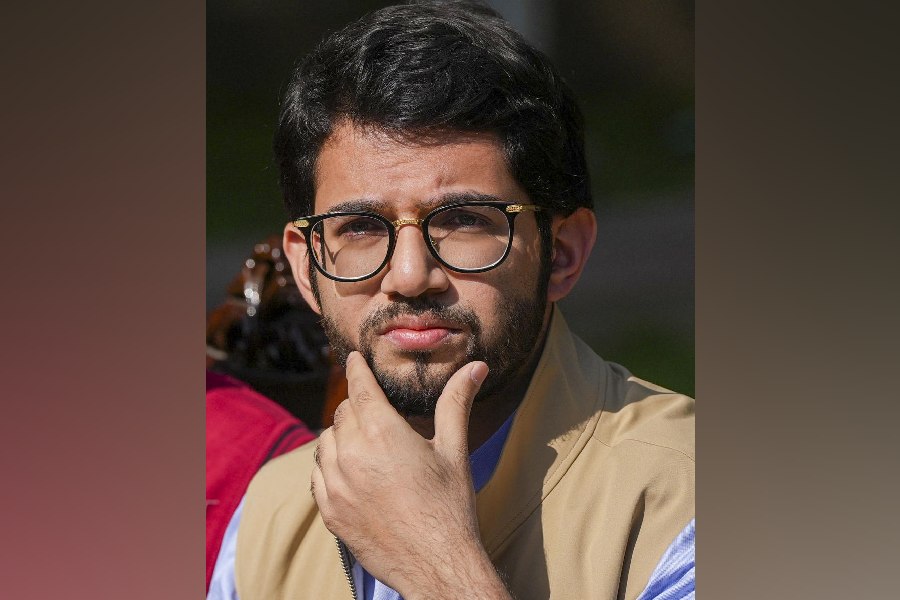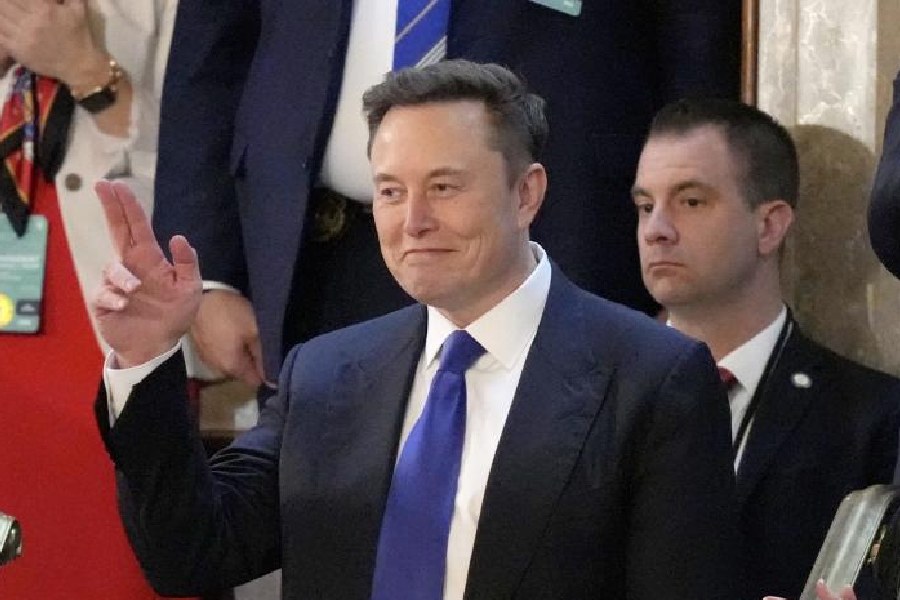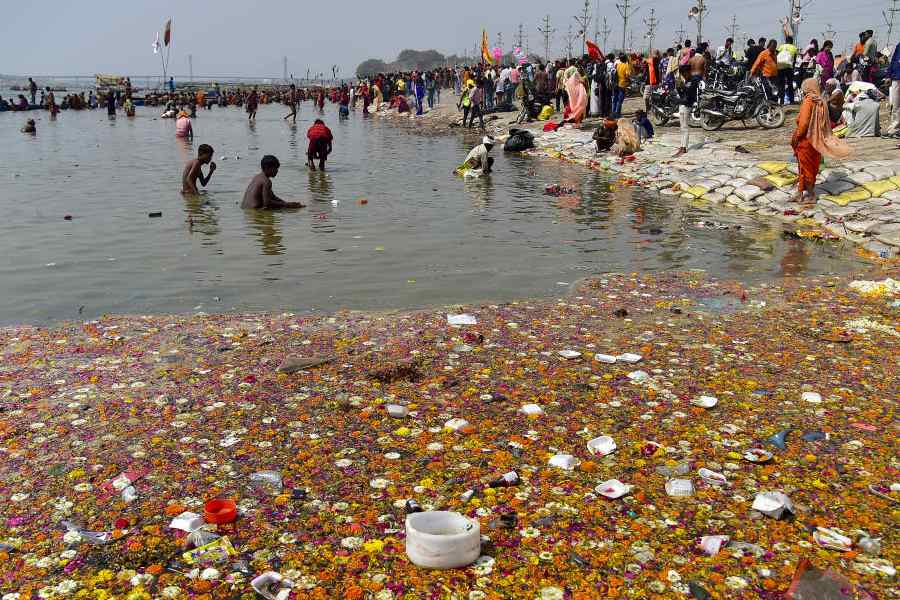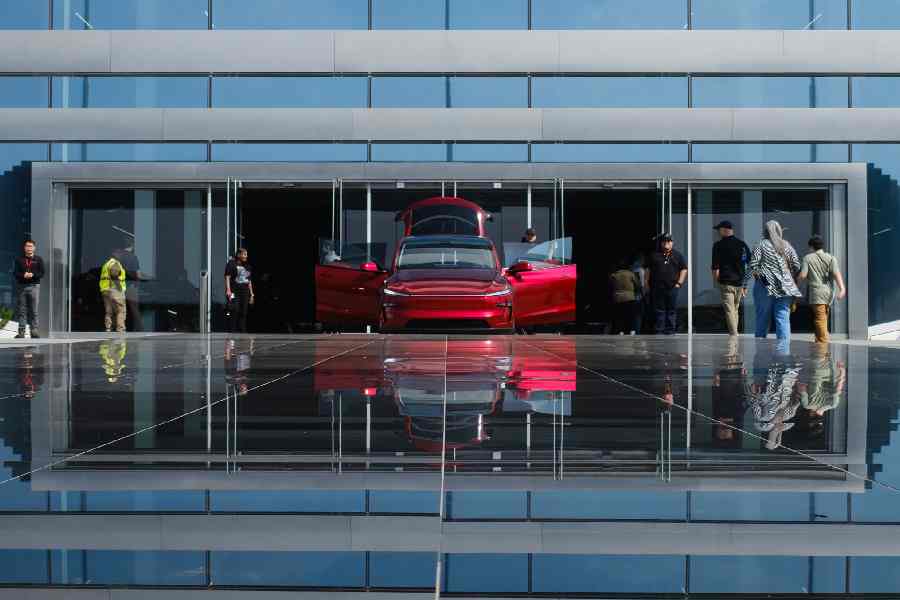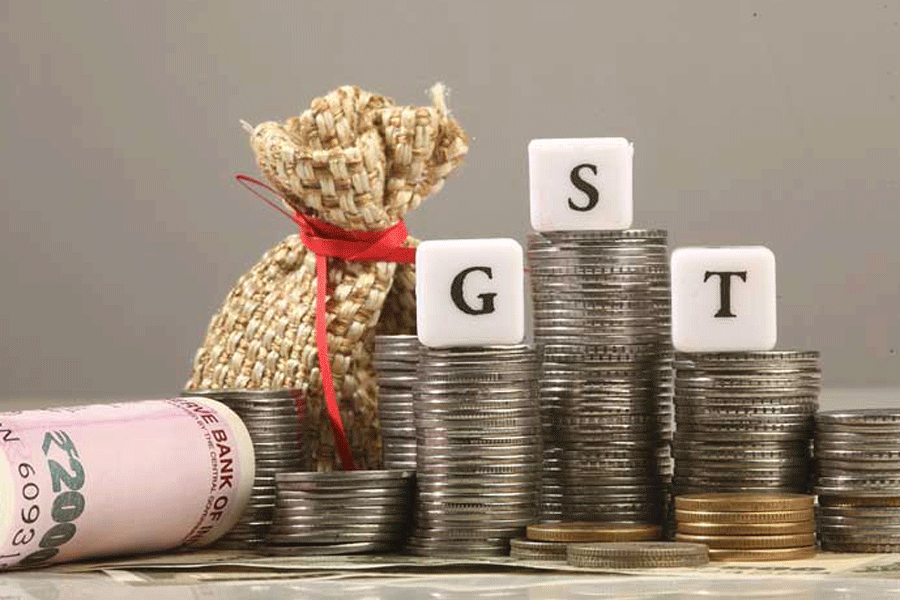As inflation continues to soar and the poll climate hots up, the window of opportunity to rationalise the GST rates are getting narrower even as the GST Council continues to wait for a report on the rates headed by Karnataka chief minister Basavaraj Bommai.
The GST Council is likely to meet in the first half of November in Madurai, and it is expected that the Bommai panel would submit its report by that time.
However, sources hinted that even if the report is presented on time, it may not be adopted by the council because of high inflation. The panel will look at a merger in GST slabs that may lead to a rise in the prices of some goods and services.Officials said that several states had voiced their concern about the rejig of rates, which would further increase prices amidst inflationary pressure on the economy.
The GoM on rate rationalisation set up on September 24, 2021 was due to submit its report within two months or November 2021. After a round of extensions, the council asked the panel to submit the report in September.
With assembly polls lined up, there would be little political will to take a call on rationalising rates or merging slabs, analysts said.
After the elections in Himachal Pradesh in November and Gujarat in December, as many as nine states will go to polls in 2023 including Karnataka, Chhattisgarh, Madhya Pradesh, Rajasthan and Telangana. Then the tempo for the 2024 general elections will pick up.
However, the politics on GST rates have already started. “When our government assumes power in Delhi, we will revisit GST and there will be only one tax (slab), not five (slabs),” Congress leader Rahul Gandhi, who is undertaking Bharat Jodo Yatra, has said.
Officials said high inflation has reduced the urgency of the exercise because the objective of revenue neutral rate (RNR) will inevitably lead to higher rates for a large number of items and potentially jack up their prices.
The revenue-neutral rate was about 15.5 per cent when the GST was rolled out in July 2017. However, the actual GST revenues have been going down with the effective tax rate slipping to 11.6 per cent due to changes made in the tax rates on various goods and services over the last few years.
Inflation based on the consumer price index (CPI) rose to a five-month high of 7.14 per cent in September, much above the Reserve Bank of India’s medium-term target of 2-6 per cent. According to the RBI estimate, CPI inflation is projected to average 6.7 per cent in FY23 compared with 5.5 per cent in FY22.
Sources indicated that one of the proposals that was considered without much loss of revenue suggested a three-rate structure of 8 per cent, 15 per cent and 30 per cent. At present, there are three standard GST rates — 5 per cent, 12 per cent and 18 per cent and one de-merit rate of 28 per cent.
According to some estimates the proposal to raise the 5 per cent slab to 8 per cent, may yield an additional Rs 1.50 lakh crore in annual revenues. As per calculations, a 1 per cent increase in the lowest slab, which mainly includes packaged food items, results in a revenue gain of Rs 50,000 crore annually.
The merger of 12 per cent and 18 per cent tax slabs into any rate lower than 18 per cent may result in revenue loss, a study by the National Institute of Public Finance and Policy said.
NIPFP associate professor Sacchidananda Mukherjee, who authored the study, said the 18-per-cent-slab, contributes to 40 per cent of the revenues, leading to losses of the government if that rate is lowered.
Raising the 5 per cent GST rate, which includes sensitive products such as food and medicines, needs to be done gradually. Similarly, if the 18 per cent rate is dropped suddenly to 15 per cent, there will be a big revenue loss.
The transition will likely be gradual, not in one go, another official said. The gross GST collection collections hit Rs 1.47 lakh crore in September, 26 per cent higher than a year ago.
Panel report delayed by a year
■ GST rate rejig unlikely now as the report as delayed amid multiple state polls
■ Rationalisation of rates will lead to inflation which will have political repurcussions
■ Besides, rate rationalisations may lead to revenue loss. A proposal to merge the 12 per cent and 18 per cent slabs to 15 per cent will lead to losses
■ The 18 per cent slab contributes 40% to the government revenues. Lowering the slab will reduce collections
■ The rate rejig panel was due to release report in November 2021. Has got a series of extensions


